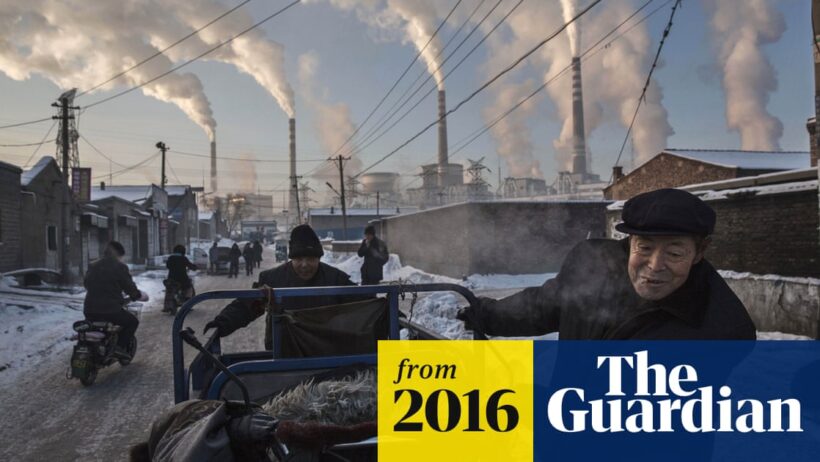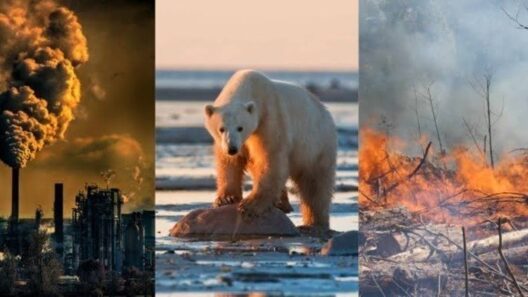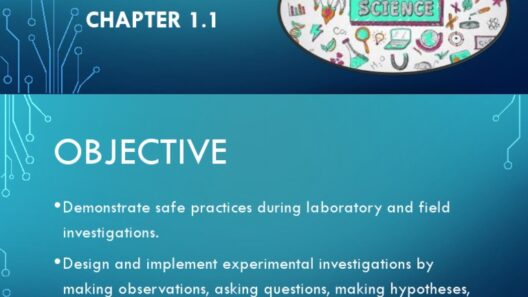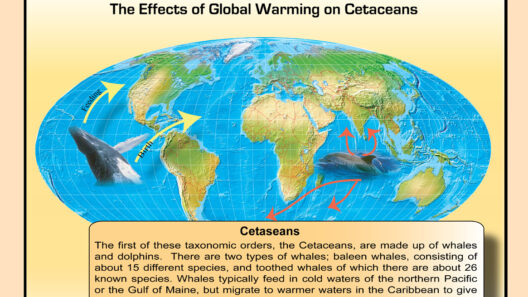Global warming is an existential challenge that humanity faces today. The prospect of it spiraling out of control is not merely speculative; it is a scenario that many climate scientists and environmental experts warn about. As we examine this complex phenomenon, an inquiry into how global warming could escalate beyond our control becomes paramount.
To fathom the potential for runaway global warming, it is imperative to understand the current trajectory of our planet’s climate. The Earth’s average temperature has already risen by approximately 1.1 degrees Celsius since the late 19th century, primarily due to anthropogenic activities. This increase, though seemingly modest, has far-reaching implications. The onset of extreme weather events, melting polar ice, rising sea levels, and ecosystem disruption serves as harbingers of a worsening crisis. Each increment in temperature intensifies the feedback loops that can propel the climate toward a tipping point.
Feedback loops are processes that amplify changes within the climate system. For instance, as polar ice melts, it reduces the albedo effect—the reflection of sunlight off icy surfaces—leading to greater absorption of heat by the oceans. This not only accelerates polar warming but also contributes to further ice melt. Similarly, as permafrost thaws, it releases vast quantities of methane, a potent greenhouse gas. The escalation of these feedback mechanisms illustrates how warming could spiral into an unmanageable state.
One scrutinized scenario is the potential crossing of critical thresholds, or tipping points, within the Earth’s systems. For example, the collapse of the West Antarctic Ice Sheet is a possibility that could result in several meters of sea-level rise over the coming centuries. Conversely, the Amazon rainforest, often referred to as the “lungs of the planet,” risks transforming into a savanna-like ecosystem due to prolonged drought conditions, drastically reducing its ability to sequester carbon. These tipping points are interconnected, creating a complex web of consequences that could overwhelm our capacity for mitigation and adaptation.
Moreover, the socio-economic dimensions of climate change cannot be overlooked. As global temperatures rise, marginalized communities are disproportionately affected. Food and water security become compromised, leading to conflict and displacement. The moral obligation to address climate change is intertwined with social justice. Any failure to prevent a downward spiral exacerbates existing inequalities, igniting a vicious cycle of suffering that is difficult to reverse.
Critics may argue that technological innovations and renewable energy can serve as panaceas. While they undoubtedly offer solutions, reliance solely on technology can create a false sense of security. One must consider whether these innovations can be deployed quickly enough to counteract the existing damage and prevent future calamity. The transition to green energy must occur at an unprecedented scale and must consider geopolitical dynamics, economic disparities, and the entrenched interests of fossil fuel industries.
A significant aspect of this discussion is the psychological barrier regarding climate change. The sheer enormity of the crisis can induce climate anxiety, causing individuals to feel powerless. However, acknowledging the grim potential of uncontrollable global warming should inspire proactive measures rather than despair. Understanding the urgency in altering behavioral norms and policy frameworks can galvanize collective action against climate degradation.
The implications of uncontrolled global warming are profoundly consequential. Ecosystem collapse, species extinction, and diminished biodiversity mark dire outcomes. A 2018 report by the Intergovernmental Panel on Climate Change (IPCC) underscored that limiting global warming to 1.5 degrees Celsius above pre-industrial levels would significantly reduce the risk of these catastrophic events. The window for action is rapidly closing, fostering an urgent call to arms for individuals, organizations, and governments alike.
While envisioning a world at 2 degrees Celsius or more of warming sparks unsettling imagery of barren landscapes, drought-ridden agricultural regions, and climate refugees, it is pivotal to widen the lens beyond these stark realities. What forms of international cooperation and local initiatives can mitigate these outcomes? How can we leverage innovation in sustainability to engage communities and align interests toward a common goal? Evaluating the potential paths forward while considering the dire consequences of inaction is essential.
To approach climate change effectively, the global community must prioritize resilience-building approaches. This notion incorporates adaptive strategies in urban planning, infrastructure, and public health responses. Formulating policies that integrate climate considerations at local, national, and international levels can fundamentally alter our trajectory. Investing in education and public awareness campaigns regarding the science of climate change fosters an informed citizenry equipped to demand actionable change.
In closing, the reality of global warming spiraling out of control is not merely a rhetorical question but a significant concern warranting immediate attention. As we navigate this precarious juncture, adopting a holistic and proactive approach will determine the outcome of our environmental legacy. Acknowledging potential dangers is essential to motivate change, but it is an even greater imperative to channel that fear into constructive action aimed at averting the catastrophic risks posed by climate change. The future hinges upon our collective efforts to rewrite the narrative, ensuring that we move towards an environmentally sustainable world rather than towards ruin.







